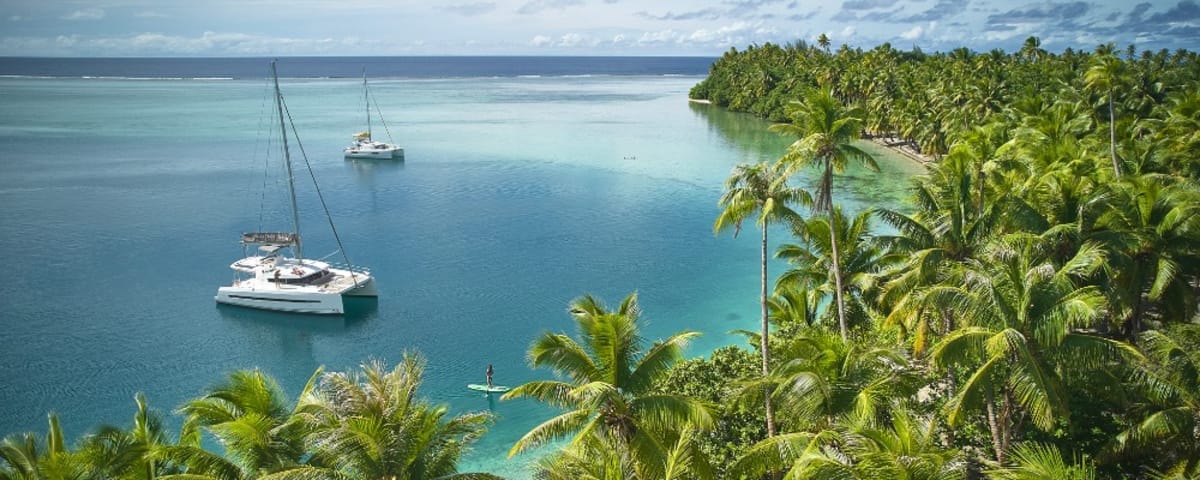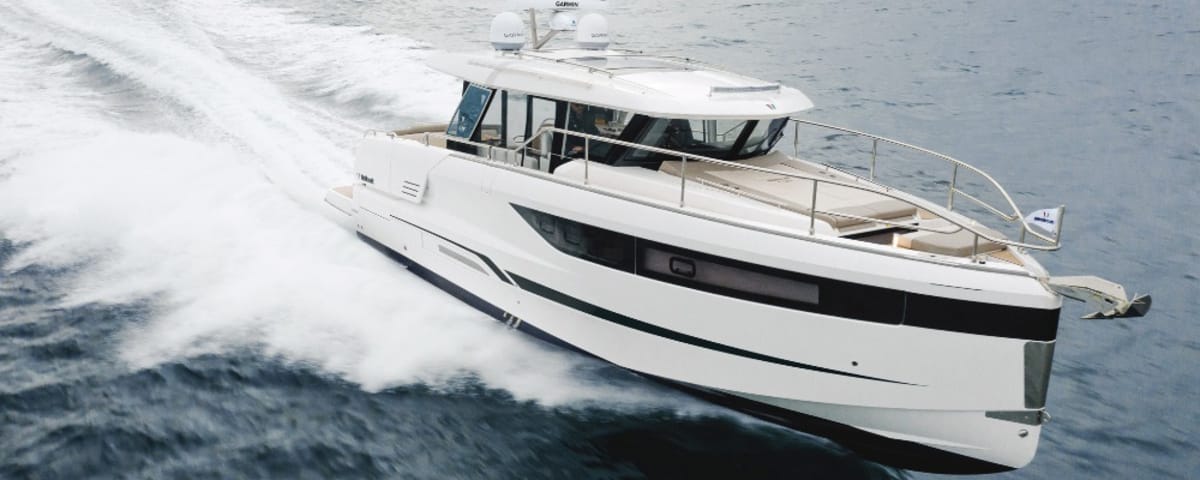The Intriguing Origin of Bateaux-Mouches
Contrary to what their name might suggest, bateaux-mouches have nothing to do with insects. The term actually comes from the Mouche district in Lyon, where these boats were manufactured in the 19th century. At the time, these steam-powered vessels primarily served to transport passengers and goods on the Rhône and Saône rivers. They were robust, maneuverable, and inexpensive, making them ideal for river connections.
These boats gained significant attention during the 1867 Universal Exhibition in Paris. For the occasion, a line was created to allow visitors from around the world to tour the Seine. The success was immediate. These peculiar boats, called “mouches” as a nod to their Lyonnaise origin, fascinated with their modernity.
From Obscurity to Tourist Revival
After the enthusiasm of the universal exhibitions, bateaux-mouches gradually faded into obscurity in the early 20th century. Competition from trams and the metro in Paris put a stop to these river cruises. It wasn’t until the end of World War II that interest in these cruises was revived, this time from a completely different angle.
In 1949, Jean Bruel, a visionary entrepreneur, decided to revive the idea of Seine River tours. He recovered an old, disused boat, refurbished it, and founded the “Compagnie des Bateaux-Mouches.” The formula was simple: a narrated tour, an unobstructed view of Paris’s monuments, and a touch of retro charm. The success was immediate.
A Symbol That Exports
A Parisian symbol par excellence, the bateau-mouche has also conquered other horizons. In Montreal, the idea was embraced in 1992, the year of the city’s 350th anniversary. A bateau-mouche was built directly in the Old Port. With its two decks and removable glass roof, it carries up to 190 passengers for five cruises a day, day and night, on the St. Lawrence River. Thanks to its shallow draft, it navigates in areas inaccessible to conventional boats, offering a spectacular view of the Lachine Canal, Habitat 67, and the Jacques-Cartier Bridge. Over a million visitors have already boarded, and over 400,000 meals have been served during dinner cruises.
The story was more turbulent in Rio de Janeiro. In the 1980s, a bateau-mouche line operated in Guanabara Bay. However, on December 31, 1988, the sinking of the Bateau-Mouche IV claimed 55 lives and led to the definitive disappearance of the company, leaving a tragic memory.
A Core Symbol of Paris
Despite its international detours, the bateau-mouche remains above all a Parisian icon. Its silhouette is now part of the landscape, and it is no longer just a tourist attraction, but also an element of the capital’s living heritage.
During the opening ceremony of the Paris 2024 Olympic Games, some bateaux-mouches were honored. Among them, L’Espoir, which transported the American delegation, participated in the grand parade on the Seine, further confirming its role as a Parisian symbol.
Over time, these boats have become much more than a means of transport or an attraction: they embody a Parisian art of living, blending history, elegance, and romance on the water. A true floating emblem that continues, generation after generation, to sail dreams on the Seine.
Enjoyed this post by Thibault Helle? Subscribe for more insights and updates straight from the source.


